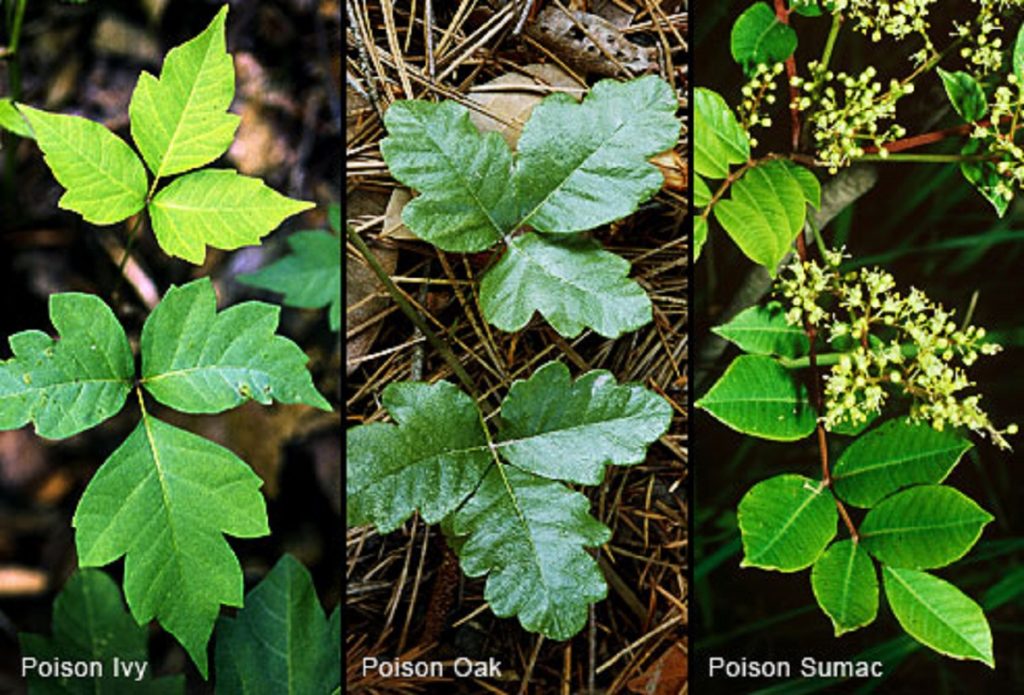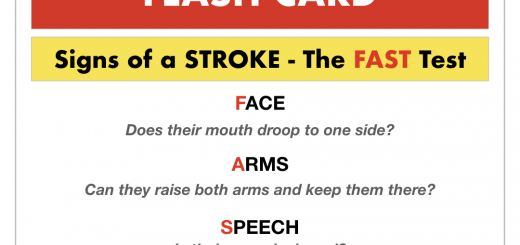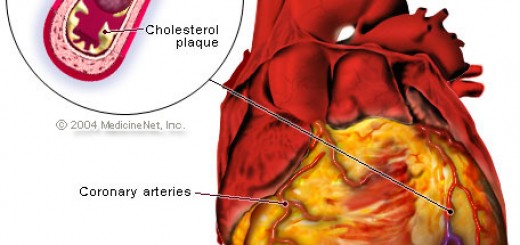First Aid Treatment for Poison Ivy, Oak and Sumac Rash
The rash caused by contact with the poison ivy, oak and sumac plants is perhaps the most common form of allergic contact dermatitis. Almost everyone whose skin brushes up against these plants may experience an allergic reaction consisting of redness, small bumps and intense itching. In severe cases, large blisters may develop and the rash may cover substantial areas of skin. Because children spend long hours outdoors and love to examine flowers and plants (even uncultivated ones), they are highly vulnerable to these allergies.
Why Does the Rash Occur?
A child will not develop an allergy to poison ivy until he has touched the plant at least once or twice before. Subsequent skin contact with the plant triggers these antibodies, causing certain skin cells to release the chemical histamine, which is responsible for much of the swelling, itching and blister formation.
The allergy-causing substance in poison ivy, oak and sumac is an oily resin called urushiol. All parts of the plants contain this resin. Urushiol can get on clothing, pets and (especially) hands and be easily spread from one part of the body to another, which is why poison ivy rashes are usually widespread.
The allergic reaction may begin as soon as urushiol touches the skin, but the full-blown rash usually takes about two days to appear. At that time, areas that came in direct contact with the plant or its resin turn red and very itchy. A few days after the first appearance of the rash, blisters appear. When these blisters break, yellowish crusts form. Itching typically subsides within about two weeks.
Although poison ivy is a potent allergy trigger, direct contact is required for the rash to develop; a child cannot get it simply from being near the plant.
When to Seek Medical Attention
Only if large blisters develop over extensive areas, or if the rash is near the eyes. A rash that starts out resembling poison ivy but spreads over most of the body or fails to improve after a week or so also should be checked out by a doctor. In addition, medical attention is necessary if a baby under one year of age gets a rash that resembles poison ivy.
First Aid Treatments
Mild cases can be managed with over-the-counter and home remedies such as cool compresses and calamine lotion. In more severe cases, the pediatrician may prescribe a cream or gel containing a corticosteroid, which reduces inflammation and itching. Antihistamines also may be recommended to reduce itching, particularly if it disturbs the child’s sleep. Oral or injected corticosteroids are used only in the most severe cases.
Prevention of the Rash
- Avoid poison ivy, oak and sumac plants, and teach your children to do the same. Poison ivy may be a low bush or vine, and its pointed leaves grow in clusters of three. It can be found practically anywhere east of the Rocky Mountains. Poison oak also grows in three-leaf clusters, but the leaves are more rounded than those of poison ivy. The poison oak plant is most common in the Western states. Poison sumac bushes have pointed leaves that grow in fronds. These plants grow mainly in the damp area of the Southeast.
- Have children wear long pants and sleeves when they walk in wooded areas with thick underbrush.
- Do not allow children to play in undergroomed areas at the edges of lawns and parks.
- Do not let pets roam freely, particularly if there are wooded areas in your neighborhood.
- Use a product called Technu soap to prevent a reaction in skin that has been touched by poison ivy or a similar plant. Rub the soap onto the skin as soon as possible after the exposure. Technu soap may be applied repeatedly.
- Remove clothing that has touched poison ivy, oak or sumac plants, and immediately wash it in hot water






